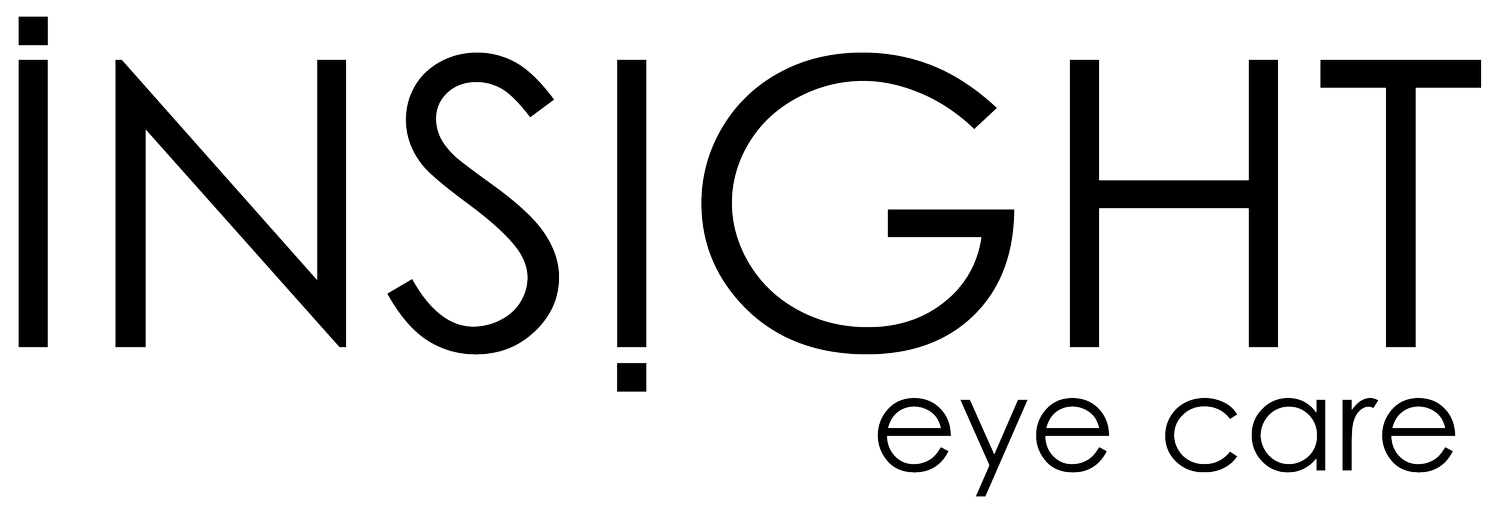Seeing Clearly, Smiling Brightly: A Guide to Dental and Ocular Hygiene
Dr. Cassandra Bendall H.B.Sc., O.D
We all have an evening routine – a habit that started when we were kids. It may include showering, removing make-up, or moisturizing, but it almost certainly involves brushing your teeth and washing your face. But have you ever wondered why it's so important? Why did our parents insist that we floss each night? These routines ensure that our dental and ocular hygiene is maintained.
Dental Hygiene
Dental hygiene is the practice of maintaining the cleanliness and health of the teeth, gums, and mouth. It ensures you can taste, chew and swallow foods, communicate effectively through speech, and express emotions such as happiness through a big smile. Dental hygiene protects against gum disease, tooth decay, bad breath, as well as systemic health concerns like heart disease and respiratory infections.¹ ²
How is dental hygiene maintained?³
Regular tooth brushing and flossing to remove food particles and plaque
Mouthwash to kill bacteria and strengthen tooth enamel
Regular dental checkups for professional cleanings and preventative treatments such as fluoride.
For information, visit your local dentist!
Ocular Hygiene
Ocular hygiene is the practice of maintaining the cleanliness and health of the eyes and surrounding structures, like our lids and lashes, to enable clear, comfortable vision. The eyes help us navigate and interact with the world, interpret and express emotions, avoid dangers, and learn new things. They contribute significantly to our overall quality of life, but their importance is often overlooked until something is wrong.
Poor ocular hygiene may lead to dry, itchy, inflamed eyes as well as infections.⁴ ⁵ Daily preventative care is key to preventing the following⁴ ⁵ ⁶ :
Blepharitis – inflammation of the eyelid margin
Hordeolum – infectious blockage of an eyelid oil gland
Chalazion – non-infectious blockage of an eyelid oil gland
Conjunctivitis – infection of the conjunctival tissues that line the whites of our eyes
Dry Eyes – poor tear quality/quantity and ocular surface inflammation
How is ocular hygiene maintained?⁶⁷
Proper makeup removal and lid wipes to clear lash debris
Preservative-free lubricating drops to ensure a cushioned eye surface
Warm compresses to keep oil sufficiently flowing from the eyelid glands
Omega-3 and antioxidant rich diet or supplementation to ensure our bodies have the necessary building blocks to create tears and defend against infection
Regular eye examinations to catch problems early
Easy As…
1.
2.
3.
Book an appointment with one of our optometrists to learn more and stop by our clinic to purchase these products!
-
1. Manger, D., Walshaw, M., Fitzgerald, R., Doughty, J., Wanyonyi, K. L., White, S., & Gallagher, J. E. (2017). Evidence summary: The relationship between Oral Health and pulmonary disease. British Dental Journal, 222(7), 527–533. https://doi.org/10.1038/sj.bdj.2017.315
2. U.S. Department of Health and Human Services. (n.d.). Oral Hygiene. National Institute of Dental and Craniofacial Research. https://www.nidcr.nih.gov/health-info/oral-hygiene#:~:text=If%20you%20protect%20your%20oral,your%20teeth%20for%20a%20lifetime.&text=To%20keep%20your%20teeth%20healthy,tooth%20decay%20and%20gum%20disease.
3. Centers for Disease Control and Prevention. (2023, January 4). Oral Health Basics. Centers for Disease Control and Prevention. https://www.cdc.gov/oralhealth/basics/index.html
4. Gilbard JP. (1999). Dry eye, blepharitis and chronic eye irritation: divide and conquer. J Ophthalmic Nurs Technol. Retrieved November 10, 2023, from https://pubmed.ncbi.nlm.nih.gov/10633658/
5. Din, N., & Patel, N. (2012). Blepharitis — a review of diagnosis and management. International Journal of Ophthalmic Practice, 3(4), 150–155. https://doi.org/10.12968/ijop.2012.3.4.150
6. Benítez-Del-Castillo, J. (2012). How to promote and preserve eyelid health. Clinical Ophthalmology, 1689–1698. https://doi.org/10.2147/opth.s33133
7. Bitton, E., Ngo, W., & Dupont, P. (2019). Eyelid hygiene products: A scoping review. Contact Lens and Anterior Eye, 42(6), 591–597. https://doi.org/10.1016/j.clae.2019.09.008
-







